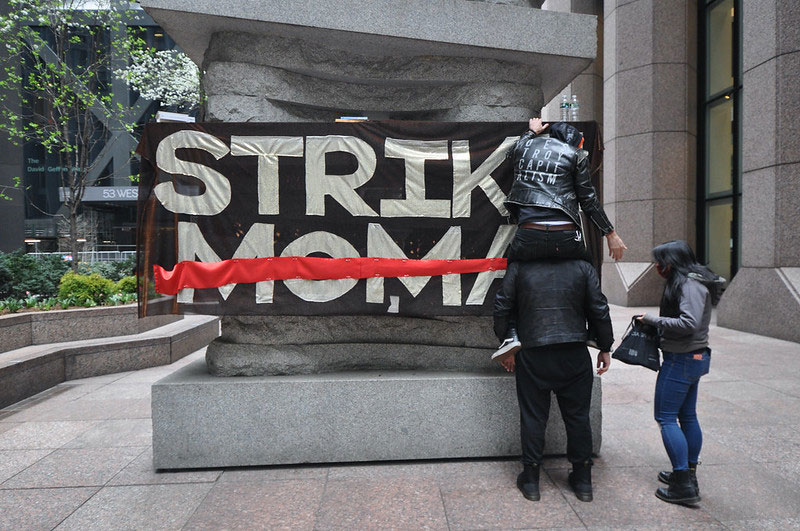June 5, 2010; Source: Wall Street Journal | Employees of organizations affiliated with religious institutions—including hospitals, schools, nursing homes, charities and other nonprofits—could unknowingly be placing too much faith in the ability of their employers to pay their pensions after they retire. Under Internal Revenue Service (IRS) guidelines now under consideration, employers of such organizations that convert federally protected pensions to what are known as “church” plans, would be required to inform employees of how that change could put them at risk of losing future retirement income.
According to the Wall Street Journal, because of a broad application of a 1980 amendment to the Employee Retirement Income Security Act, or Erisa, the same exemptions previously granted to churches were extended to pensions of employers “associated” with a church. Unlike other employers, churches are not required to fund their pension plans or pay premiums to insure them with the Pension Benefit Guaranty Corp., a federal agency that steps in if a pension plan runs out of money. In the past 15 years, the number of these church plans have expanded, mostly due to advice from consultants to hospitals and other employers about the advantages of being a church plan.
As the Journal notes, the affiliations that allows employers to meet the church plan rules can be “tenuous.” For example, Augsburg Fortress, a Minneapolis publisher that sells books published for the Evangelical Lutheran Church in America, terminated its pension plan in March. Once that happened, employees lost 30 percent to 60 percent of their benefits.
Sign up for our free newsletters
Subscribe to NPQ's newsletters to have our top stories delivered directly to your inbox.
By signing up, you agree to our privacy policy and terms of use, and to receive messages from NPQ and our partners.
Other examples include the Hospital Center at Orange in New Jersey, which joined an association in 1998 with a Catholic hospital that was controlled by the Archdiocese of Newark. In 2003, facing financial problems, the hospital converted the pension to a church plan. Although the plan was only 50 percent funded, the hospital stopped future contributions. The hospital closed in 2004, and today, the plan is about 30 percent funded and expected to run out of money in three years, leaving some 950 hospital employees and retirees to fend for themselves.
Among those pushing for stricter regulation of church plans for affiliated organizations is the consumer group, the Pension Rights Center. Says Karen Ferguson, director, “Congress never intended for pension plans established and maintained by nonprofit hospitals, schools, and publishing houses for their own employees to be exempt from Erisa.”—Bruce Trachtenberg













